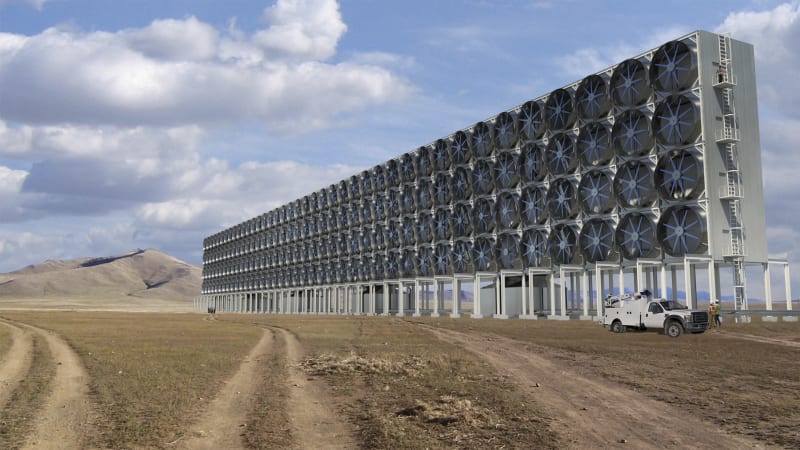https://www.engadget.com/2019/01/09/gigabyte-aero-15-x9-15-y9-azure-ai/

Gigabyte
Gigabyte was one of the first PC makers to introduce practical light and thin gaming laptops, but now that every manufacturer is doing the same, it has to find other ways to stand out. With its latest Aero 15-X9 and all-new Aero 15-Y9 models, it has found an interesting angle. They use Microsoft’s Azure AI to figure out the optimal CPU and GPU wattage setting depending on whether you’re gaming, editing videos or surfing the web — a sort of intelligent “overclocking.”
It remains to be seen how effective that will be, but otherwise, the two laptops look like solid additions to Gigabyte’s lineup. The Aero 15-Y9, now the company’s flagship, packs an i9-8950HK 6-core chip, 15.6-inch 4K X-Rite Pantone certified panel, GeForce RTX 2080 Max-Q graphics, up to 64 GB of RAM and two M.2 NVMe PCIe SSD slots.
The Aero 15-X9, has the same specs, but can also be equipped with an i7-8750H CPU and 15.6-inch 144Hz 1080p screen, on top of the i9 chip and 4K display option. The maximum supported GPU option for that model is the NVIDIA RTX 2070 Max-Q GPU. Both laptops pack 94 Wh batteries, so the endurance should be at least as good as before. Weight around 4.4 pounds, including the battery and one M.2 SSD, so they’re still among the lightest gaming laptops out there.
Interestingly, NVIDIA CEO Jensen Huang has pulled out a Gigabyte laptop for the second CES in a row to talk about the company’s laptop-class graphics. So far, there’s no date and pricing for the laptops, but Gigabyte’s last Aero 15X laptop started at $2,200.
via Engadget http://www.engadget.com
January 9, 2019 at 07:54AM


